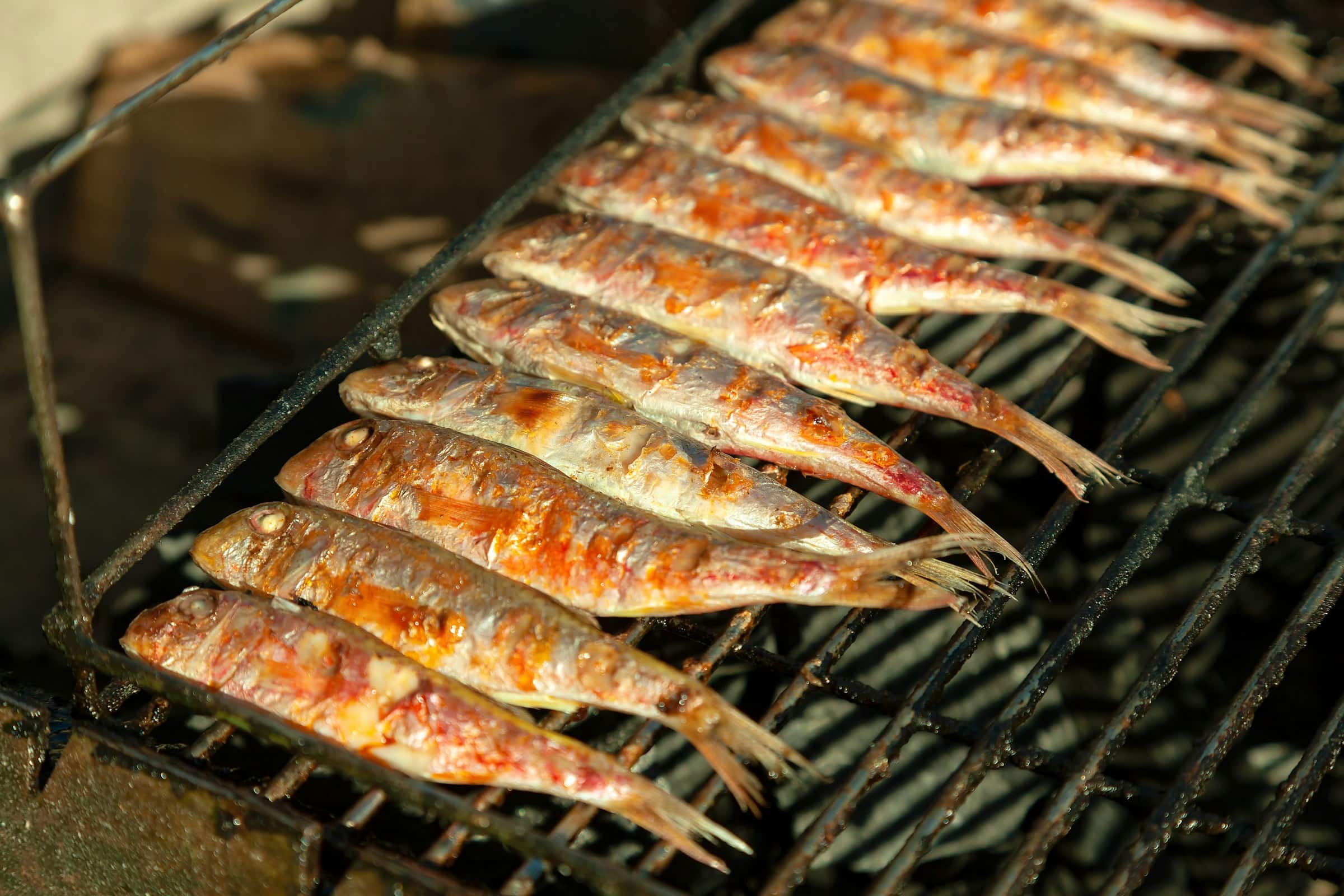How can a seafood restaurant design its menu to reflect sustainable fishing practices?

When you walk into a seafood restaurant, the first thing that catches your eye is, undeniably, the menu. The glossy pages splashed with vibrant pictures of grilled shrimps, succulent lobsters, or the catch of the day, may be enticing to most. But have you ever wondered where exactly your seafood comes from? Or, more importantly, how it was caught? Today we'll explore how restaurants can underline their commitment to sustainability by designing their menus to reflect sustainable fishing practices.
The Importance of Sustainability in the Seafood Industry
Sustainability is not just a buzzword. It is a necessary measure in all sectors, including the seafood industry. Overfishing and harmful fishing methods have brought many fish species to the brink of extinction, with dire consequences for both marine ecosystems and human livelihoods. Sustainable fishing practices are vital to counteract these ill effects, and seafood restaurants, as significant consumers of fish, have a crucial role to play.
In the same genre : What is the best way to integrate a vertical herb garden into a restaurant’s kitchen design?
The Marine Stewardship Council (MSC) is a significant entity promoting sustainable fishing. They certify fisheries that meet their strict standards for sustainability, helping to ensure that the fish you eat is caught in a manner that preserves the species and the ecosystem they inhabit. A restaurant committed to sustainability should, therefore, source its seafood from MSC-certified fisheries.
Moreover, the impact of the seafood industry on local communities can be huge. Local fisheries often rely on the income from selling their catch to restaurants. By sourcing seafood locally, restaurants can support these communities and promote sustainability at the same time.
In the same genre : What are the benefits of installing a high-precision vegetable chopper in your diet-focused kitchen?
Adapting the Menu: Reflecting Sustainable Practices
The first step to reflecting sustainable fishing practices in your restaurant is to design your menu carefully. This means not only choosing the right species to serve but also providing information about where and how the fish was caught.
Focus on species that are abundant and well-managed. The MSC provides a list of certified sustainable species, a valuable resource for any restaurant aiming to uphold high sustainability standards. It's also important to diversify your menu. By offering a range of species, you can help reduce the pressure on overfished populations.
You can also emphasize seasonality. Like fruits and vegetables, fish have seasons too. When a species is in season, it's more likely to be plentiful and caught using less damaging methods. Serving seasonal seafood is another excellent way to demonstrate your commitment to sustainability.
Educate your customers about your practices. Use your menu as a platform to communicate your commitment to sustainable fishing. This could be through detailed descriptions of the species, the fishing methods used, and the origin of the seafood.
Engaging with Customers about Sustainability
The conversation about sustainability should not stop at the menu. Engaging with customers about sustainable fishing practices can cultivate a deeper understanding and appreciation for the food they consume.
Staff training is crucial here. Ensure your staff is knowledgeable not just about the dishes you serve, but also the sustainability efforts behind them. They should be able to answer questions from customers and promote the benefits of sustainable seafood.
You could also provide information through other channels. Consider hosting events centered around sustainability or providing educational materials in your restaurant, such as pamphlets or posters. Make sure your online presence reflects your commitment as well—update your website and social media platforms to highlight your sustainability efforts.
Aligning with Local Fisheries and Producers
Collaborating with local fisheries can be a game-changer. These alliances not only reinforce sustainable fishing practices but also contribute to the local economy.
Develop relationships with local fishermen and producers who adhere to sustainable fishing methods. Offer their catch on your menu and highlight their methods and mission. This can provide a compelling story for your customers and deepen their connection with the food on their plates.
Additionally, consider featuring local, sustainable seafood specials. This not only adds variety to your menu but also puts a spotlight on the high-quality, environmentally-friendly seafood produced nearby.
A Continuous Commitment to Sustainability
Remember, sustainability is not a one-time initiative—it's a continuous commitment. Regularly review and update your menu, continue to educate yourself, your staff, and your customers about sustainable fishing practices, and strive to make improvements wherever possible.
Maintaining a sustainable seafood restaurant is not just about offering tasty dishes. It's about taking responsibility for the impact your business can have on the environment and local communities. By designing your menu to reflect sustainable fishing practices, you're not only serving delicious seafood—you're also serving the planet.
Collaborating with Stewardship Councils and Fisheries Management
The collaboration with Stewardship Councils and Fisheries Management organizations is a strategic approach for a seafood restaurant aiming to reflect sustainable fishing practices. These organizations, like the Marine Stewardship Council (MSC) and others, provide valuable guidance, resources, and certifications that can help restaurants ensure they are sourcing sustainable seafood.
Working with these entities is more than just an endorsement. It’s a partnership that involves adhering to a set of standards that safeguard the future of our oceans and the livelihoods of those who depend on them. For instance, the MSC carries out a rigorous certification process before a fishery is deemed sustainable. This includes assessing the health of fish stocks, the impact of the fishery on the marine ecosystem, and the effectiveness of the fisheries management system in place.
Restaurants can showcase their collaboration with these organizations on their menus by highlighting dishes made with certified sustainable seafood. They can also include details about the fishing gear types used, such as purse seine or longline, and further explanation on how these methods contribute to sustainability. This not only educates the customers about where their food is coming from, but also shows the restaurant’s commitment to sustainability.
In addition, restaurants can tighten their supply chain by working directly with local, certified fishers and producers. Sourcing local seafood not only reduces the carbon footprint associated with transport but also supports local economies.
The Role of Social Media in Promoting Sustainable Seafood
In the digital age, social media plays a pivotal role in shaping consumer choices and promoting sustainable practices. For seafood restaurants, it presents an opportunity to broadcast their commitment to sustainable fishing practices to a wider audience.
Seafood restaurants can utilize their social media platforms to share behind-the-scenes stories about their supply chain, showcasing their partnerships with certified local fisheries, and the journey of their seafood from the wild seas to the restaurant plates. These stories can create transparency and trust among consumers, and can also inspire others in the industry to adopt more eco-friendly practices.
Additionally, restaurants can share information about different fish species, their seasons, and why it's important to eat seafood that is in season. This not only educates the consumers about sustainable fish populations but also makes them feel more connected to the seafood they consume.
Moreover, social media can be a great platform for restaurants to engage in conversations about larger global issues like climate change and the role sustainable fishing plays in combating it. By positioning themselves as advocates for sustainability, seafood restaurants can inspire their followers to make more conscious food choices.
Through social media, restaurants can also partner with initiatives like the Monterey Bay Aquarium's Seafood Watch program, which helps consumers and businesses choose seafood that's fished or farmed in ways that support a healthy ocean.
Conclusion: Sustainable Seafood - The Way Forward
In conclusion, a seafood restaurant’s commitment to sustainability goes beyond just a cleverly designed menu. It requires continuous efforts, partnerships with stewardship councils, fisheries management organizations and local fishermen, and effective communication through platforms like social media.
By choosing sustainable seafood, restaurants can play their part in safeguarding our oceans, supporting local economies, and providing healthier choices for their customers. In the face of climate change, it is increasingly important that businesses become part of the solution, and for seafood restaurants, this means committing to sustainable fishing practices.
Designing a menu that reflects sustainable fishing practices is not just about reacting to current trends. It's about taking deliberate actions that anticipate and contribute to a future where our seas are abundant, our food is healthy, and our fishing communities are thriving. This is the kind of commitment that creates lasting value for restaurants, customers, and the planet.
